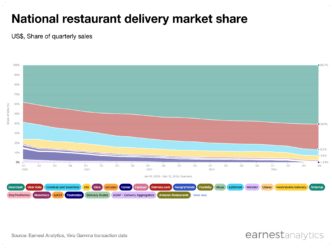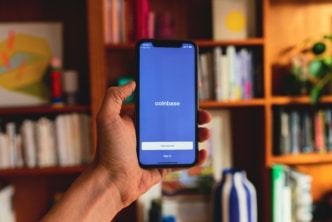How did the 2018 Tax Reform Impacted Refunds and Spending?
We analyzed the credit card, debit card and bank deposit records of millions of anonymous U.S. consumers to see how changes to the tax code have impacted Americans across income brackets and geographies.
We also looked at consumer spending behavior – where consumers were spending their money and how much of it – after tax refunds were received.
Here’s what we saw.
Mo Money, Mo Problems
The 2019 tax refund season is marked by the introduction of the Trump administration’s new tax code that significantly alters three main provisions likely affecting many Americans:
- Increased standard deductions in the withholding tables
- A new $10,000 limit on state and local income tax deductions (SALT)
- Reduced tax rates on taxable income
We examined how the impact of the tax code changes on tax refunds and post refund spending has been distributed across income brackets and geographies.
The IRS has released data that total returns processed are down 2.8% YTD. We see this drop as far more acute for households with take-home pay of over $100k.

While the IRS reports that the average size of refunds was roughly flat compared to last year, broken down by income brackets our panel shows a slight increase for lower-income families ( <$50k take-home pay), possibly tied to the higher standard deductions and lower rates. Conversely, we see a significant decrease in the average size of refunds for higher-income households.

SALT in the Wound
We observed the regional impact of limiting deductions on state and local income taxes (SALT) to $10,000. It is clear that states with high state income and property taxes are most impacted, specifically; New Jersey, Connecticut, New York, Massachusetts, Illinois, Vermont, California, Rhode Island, and Washington D.C. and the surrounding area.

A Little Money to Burn
We observed the YoY spend of consumers the week after they received their 2019 refund compared to a typical week. The data shows that across all income brackets spend is higher in the week after the refund was received. Households with <$50k see the most dramatic increase, and households with >$100k see the smallest percentage increase.

Home Improvement and Self-Care
Given the increase in spend after receiving a refund, we wanted to know where consumers are spending their refund dollars. Patterns of spend across verticals appear to be similar for the three income brackets, with consumers boosting their spending most in Home and Specialty (predominantly autos, beauty and electronics). Interestingly, Apparel is up for the <$50k and $50k-$100k income households, but not for the highest income bracket ($100k+). Lastly, Grocery spend doesn’t appear to be impacted by tax refunds, except perhaps among <$50k households, where we observe a small increase.












